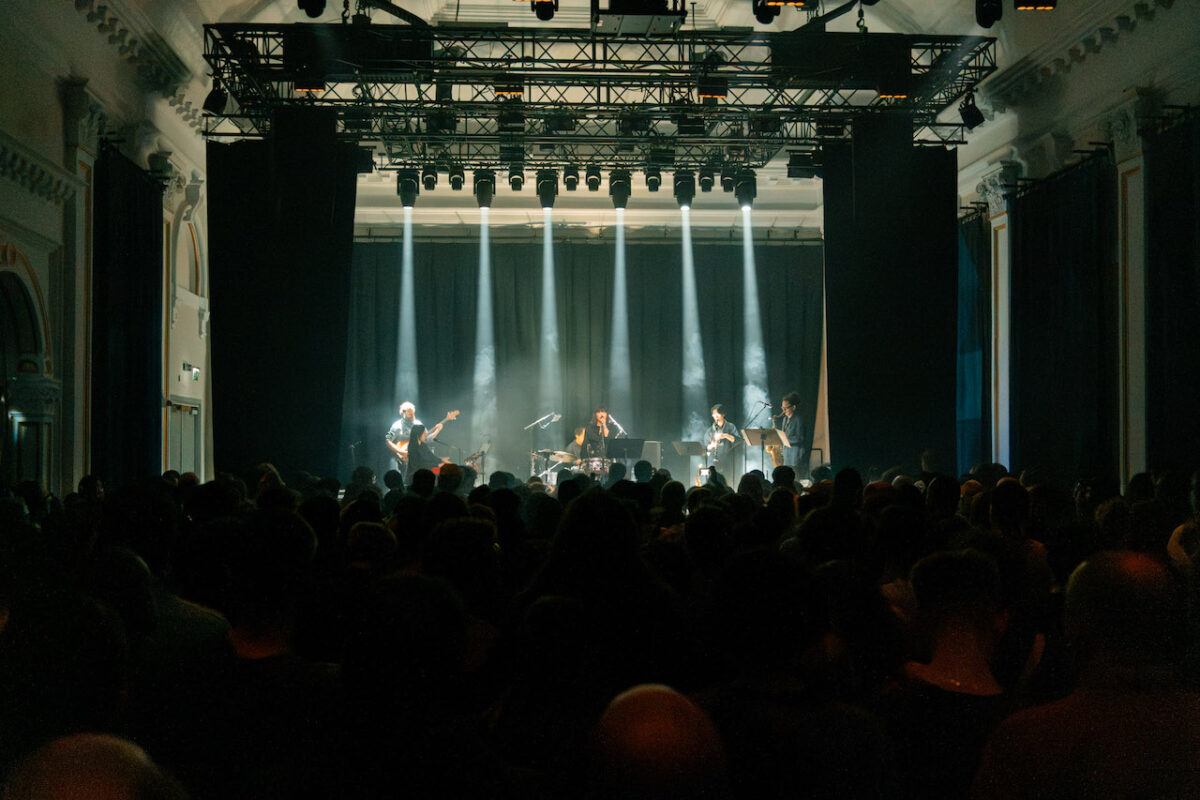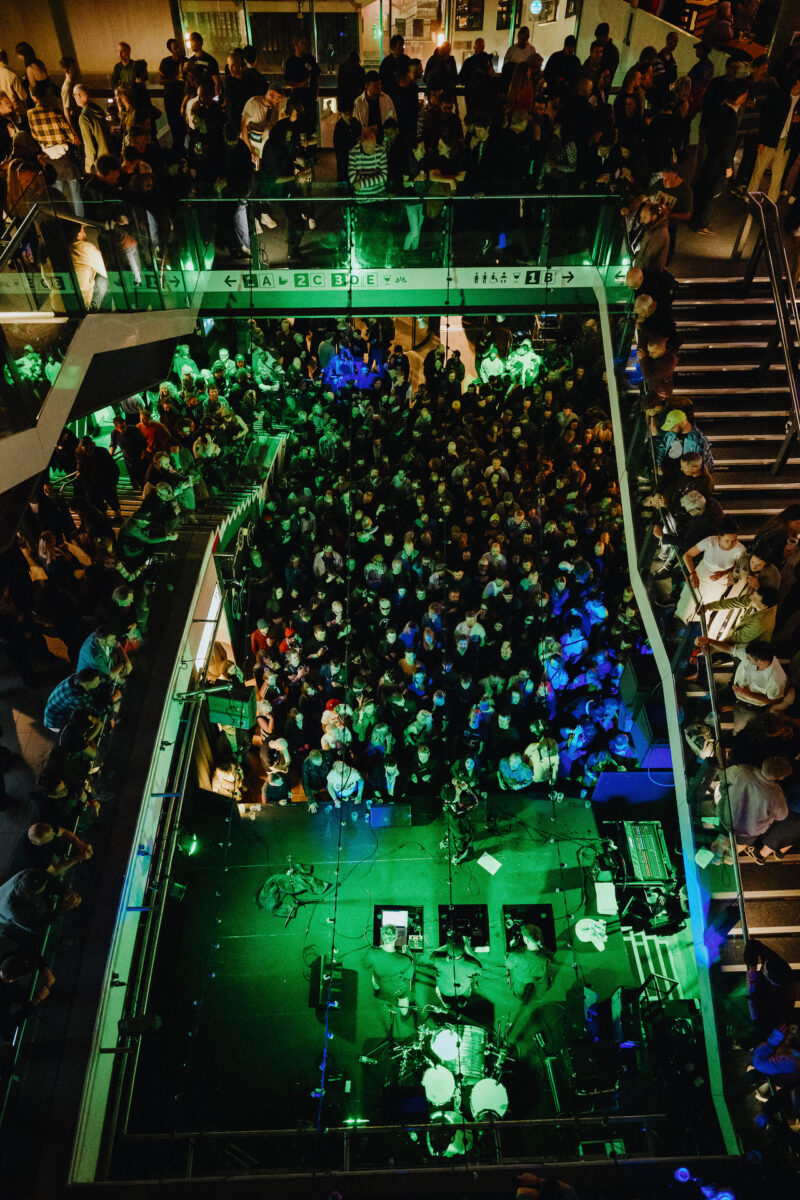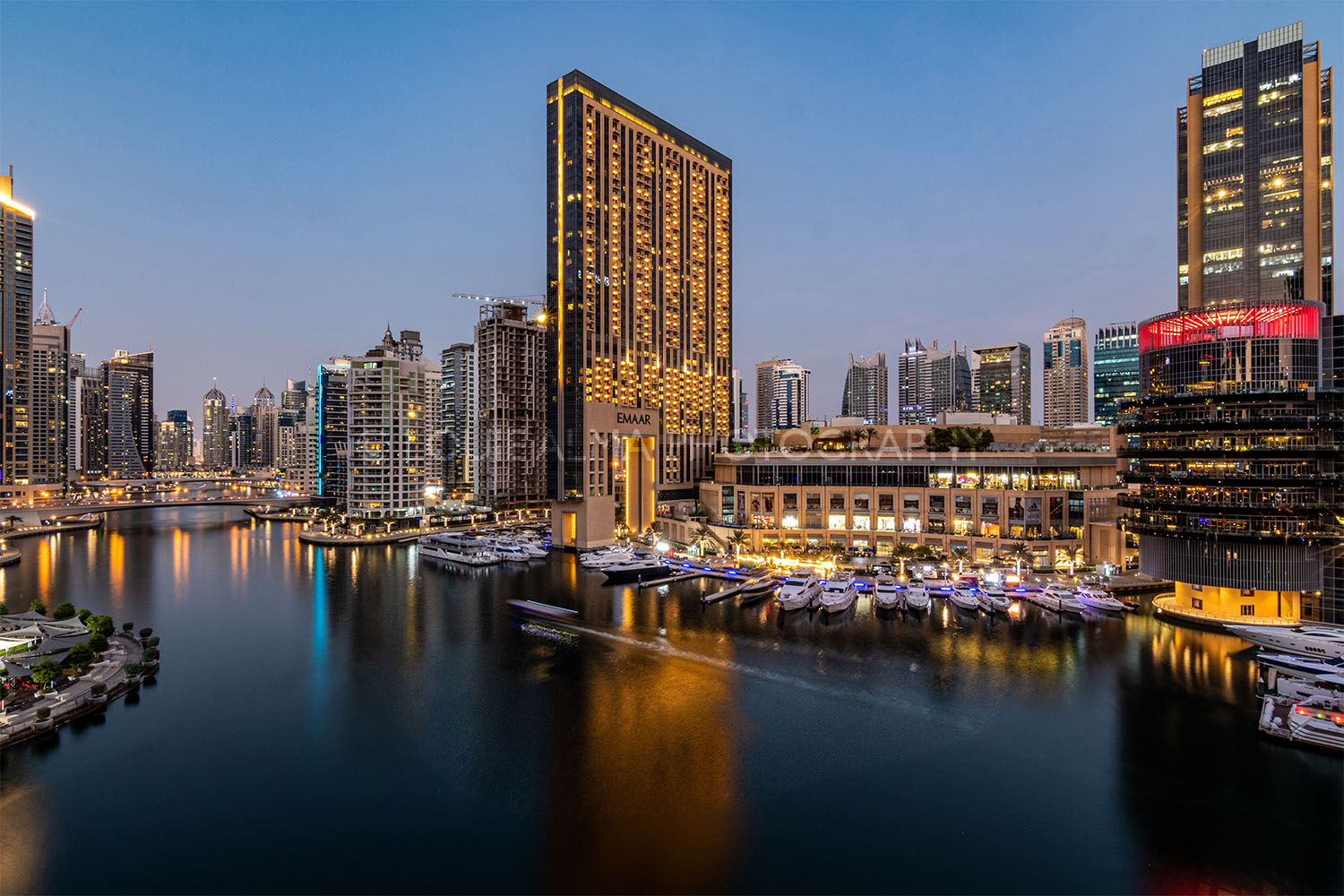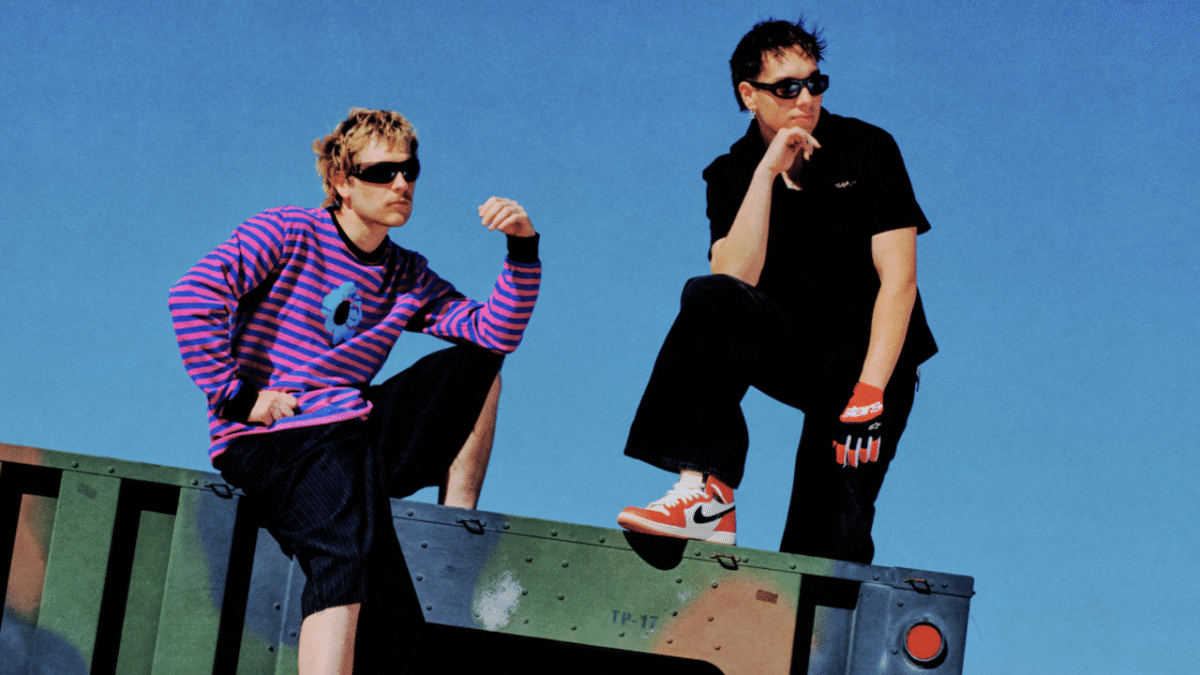Simple Things is a festival of contemporary music that takes place every Autumn in Bristol. The last edition ran from 4th-9th November 2025.
Just because the tents have been packed away and the last warm cider of summer drunk, don’t assume festival season is over. Each autumn, Bristol offers one final encore: Simple Things, a citywide celebration of new music that feels like an extended director’s cut of summer’s best weekends.
The event is less mud and portaloos, more meandering through indoor venues with a single wristband, discovering tomorrow’s headliners before the rest of the country has even learned their names.
It’s a fitting setting, too. Bristol has long been Britain’s artistic misfit, home of Banksy’s anarchic murals, Massive Attack’s basslines, and the countless unnamed creatives who’ve kept its subcultures pulsing beneath the cobbled streets. That same spirit courses through Simple Things, a festival that feels like the city curating its own mixtape: eclectic, unexpected, occasionally strange, but always brilliant.

Rough Trade in Bristol
New Music Discovery
You don’t come to Simple Things for chart toppers. You come for the moments that make you lean toward the stage, whispering, “Who is this?”
The day began with Rich(ard) Dawson, a Geordie storyteller whose songs blend absurdist humour with folklore and heartbreak. Imagine a bard who’s accidentally wandered into a stand-up set. From there, Nala Sinephro, the Belgian-born jazz harpist, led the audience into a haze of ambient serenity, the kind of set that dissolves time and makes you forget you ever had emails to answer.
These New Puritans, once the poster boys of post-punk austerity, returned two decades on with something altogether more cinematic, a sound that felt part requiem, part rebirth.
As the sun dipped and the crowds swelled, the festival’s rhythm shifted. Clark, the Warp Records stalwart, turned Bristol Beacon’s grand hall into a cavernous rave of glitch and light, while The Bug, joined by grime heavyweights Flowdan, Warrior Queen, and Manga Saint Hilare, brought the day to a euphoric close, two decades of UK rap and bass telescoped into one sweat-slicked finale.
Everywhere you went, there was a sense of discovery. From the warped pop of BABii to Danalogue’s synth-led experiments and TRACEY’s provocative new wave, the festival was less a lineup than a sonic lucky dip.

The Lantern Stage @ Bristol Beacon
Location, Location, Location
Simple Things isn’t confined to a field or fenced-off compound; it spills across central Bristol like a well-planned treasure hunt. With all venues within walking distance, it’s a psychogeography of sound, a way to experience the city as both map and mixtape.
At its heart sits Bristol Beacon, the city’s reimagined cultural hub. Once known as Colston Hall, it shed its colonial namesake in favour of something brighter and more fitting. Inside, there are four distinct stages: the Main Hall, a cathedral of sound; the Lantern, a softly glowing space for intimate performances; the Cellars, an underground labyrinth for bass-heavy experimentation; and the Bridgehouse, where sets seem to emerge from thin air as you drift through the building’s glass atrium.
Elsewhere, Strange Brew, Thekla, and Rough Trade each add their own flavour to the route, from sticky dancefloors to floating boats and record shop showcases. Moving between them feels like flicking through radio stations on a good day, when every song just happens to fit your mood.
A Week-Long Programme
While Saturday is the main event, Simple Things stretches across an entire week, teasing you into town early. The warm-up gigs feel less like openers and more like their own mini-festivals: MOIN’s wiry post-punk on Tuesday, John Maus’s surreal synth theatrics on Wednesday, and Autechre’s brain-scrambling electronica on Thursday.
By Friday, Daniel Avery’s headline live show at Bristol Beacon transforms the space into a pulsing laboratory of industrial techno, breakbeat nostalgia, and RnB slow jams, complete with enough strobes to rewire your circadian rhythm.
And just as your senses start to recalibrate, Joep Beving closes the week on Sunday with minimalist piano compositions that feel like a spiritual rinse cycle for your brain.

© Khali Ackford
Make a Weekend of It
With the main festival taking over Saturday, there’s every reason to stretch your stay. Bristol is a city that rewards curiosity.
Spend Sunday exploring the surreal art-world playground Wake the Tiger, lose hours browsing vintage stores in Stokes Croft, or drift through exhibitions at the Arnolfini and Spike Island galleries.
And when your feet finally protest, collapse into a velvet chair at The Bristol Hotel, a Doyle Collection gem just six minutes from the Beacon. From there, you can watch the harbour lights flicker and feel smugly cultured, safe in the knowledge that while others packed away their summer tents, you managed to find one last festival worth staying up for.
Verdict
Simple Things is Bristol distilled: inventive, chaotic, and endlessly curious. It’s not just a music festival, it’s a reminder that discovery itself is an art form, best experienced with sore feet, full ears, and a grin you can’t quite explain.
To find out more visit: simplethingsfestival.co.uk
The post Bristol’s Simple Things: Festival Season’s Autumn Encore appeared first on The Travel Magazine.























